
Increased safety, longer service life
The thing that makes PowerForce lifting straps special is the fact that the cloth is made out of extremely cut and tear-resistant high-performance fabric (high-modulus polyethylene). They require no additional protection when fastened around sharp edges with a radius of more than 2 mm. For conventional two-layer lifting straps, a radius that small is sharp enough to be strictly prohibited – for polyester lifting straps, an edge is considered sharp if the thickness of the sling material is greater than the edge radius. A protective sleeve is therefore required for the commonly used two-layer lifting straps when the edge radius is still as big as 6 mm. The low elasticity of the fabric is also a plus point – it ensures lifting force is quickly generated and allows for good control of the lifting manoeuvre.
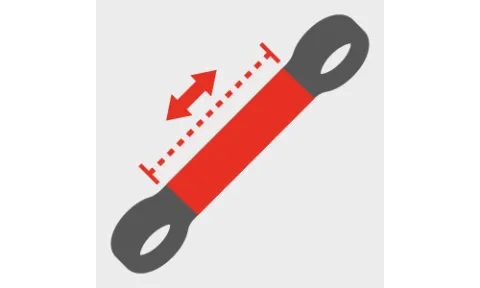
Well thought-out seam construction
State-of-the-art, computer-controlled sewing machines ensure a consistently high seam quality – proudly Made in Germany. The main seam (box seam) in PowerForce lifting straps, sewn in black thread, is very small and therefore space-saving, which leaves a larger contact area for the load than with conventional lifting straps of similar length. What‘s more, the black thread on a white fabric makes visual inspections easier.
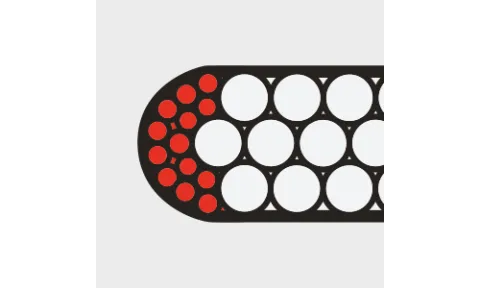
Reinforced selvedge
In addition, an integrated selvedge means that the outer edges of PowerForce lifting straps are reliably protected – as you’ll be familiar with from SpanSet’s conventional lifting straps
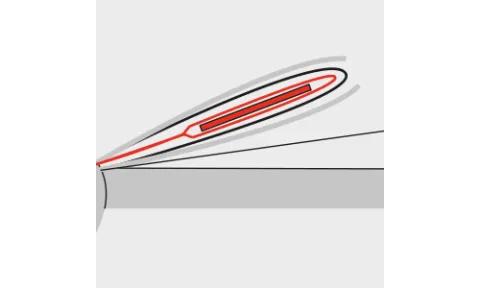
Robust, tear-resistant label with RFID tag
Each PowerForce lifting strap is equipped with a tear-resistant SpanSet quality label with an RFID transponder. PowerForce was designed based on the EN 1492-1 standard, which applies to polyester lifting straps, amongst other things. We say “based on” because the standard does not take HMPE into account, since the fabric and the label are in white.

You can rely on it!
SpanSet has examined and thoroughly tested the cut resistance of PowerForce lifting straps in both laboratory tests and fi eld trials. Amongst other things, the lifting straps have been subjected to alternating stress testing in which they were loaded up to capacity on a 2 mm edge radius 20,000 times – convincingly demonstrating the enormous cut resistance. And in the subsequent residual strength testing, the safety factor of 7 prescribed in the standard for production controls on new lifting straps (without shackles) was reached, surprising even the developer.
The results achieved by the PowerForce lifting straps, and therefore their operational fi tness, were confi rmed by DNV Gl (Det Norske Veritas Germanischer Lloyd).
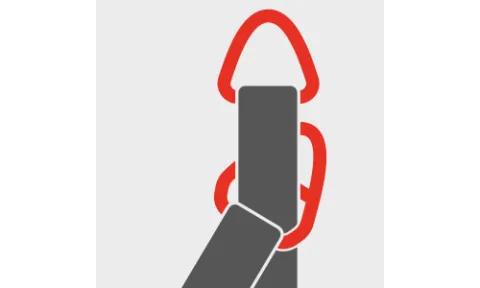
Extra convenience
A combination of D1 and D2 shackles (pass-through shackles) is available especially for use when hitching up a load.
PowerForce lifting strap
When just one can (almost) do it all
High cut and wear resistance set PowerForce lifting straps apart from polyester lifting straps with the same load capacity.
With its ever-expanding range of applications, the new PowerForce lifting strap is the ideal sling for the construction industry and mechanical engineering. Sometimes, you need to lift a precast concrete part with a rough surface, directly followed by a roof component or steel beam with extremely small edge radii. The PowerForce lifting strap is capable of withstanding any edge radius of more than 2 mm, even when dealing with the widest variety of mechanical components.
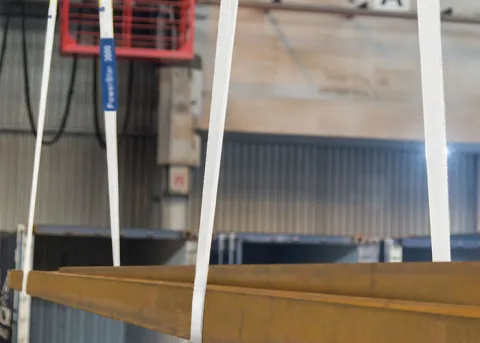
Metal
parts
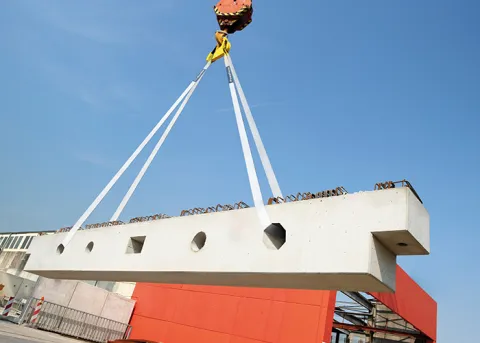
Concrete
parts
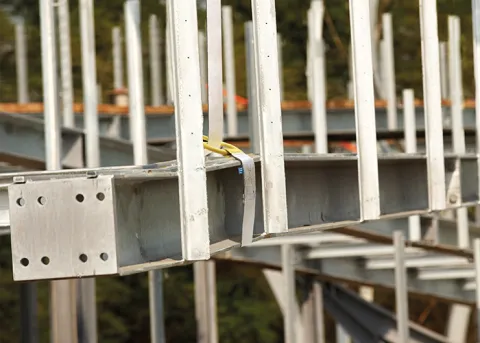
Industrial hall
construction
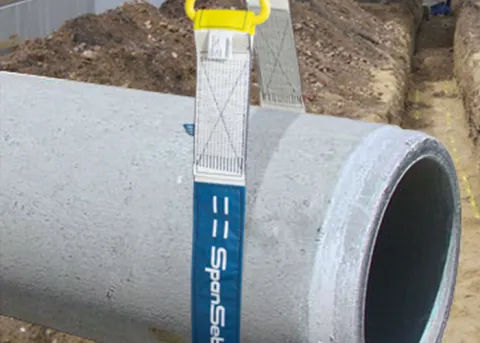
Civil engineering
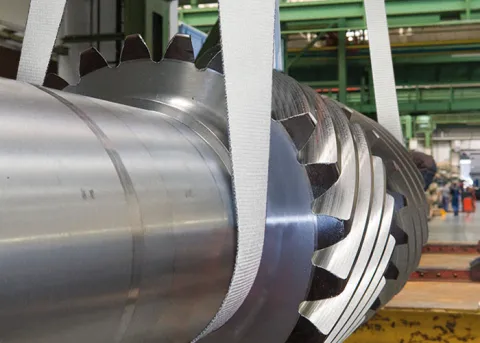
Mechanical
engineering
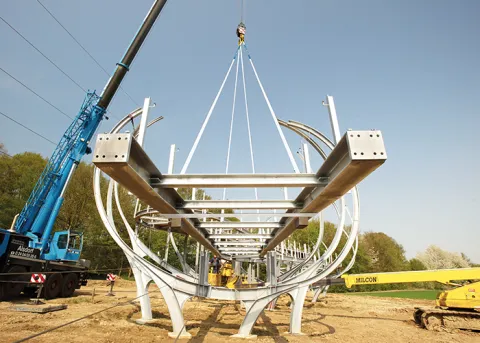
Construction industry
PowerForce lifting strap variants
The new lifting straps are available as single-layer looped lifting straps 1, with D1 shackles at either end 2, with a D2 shackle at one end and D1 shackle at the other end 3 or as single-layer band loops 4. PowerForce lifting straps are manufactured based on DIN EN 1492-1. The load capacity colour coding is based on the colour coding in EN 1492-1 and is shown by coloured marking 5 on the loops and by plainly visible patches.
Haben Sie Fragen?
Schreiben Sie uns.